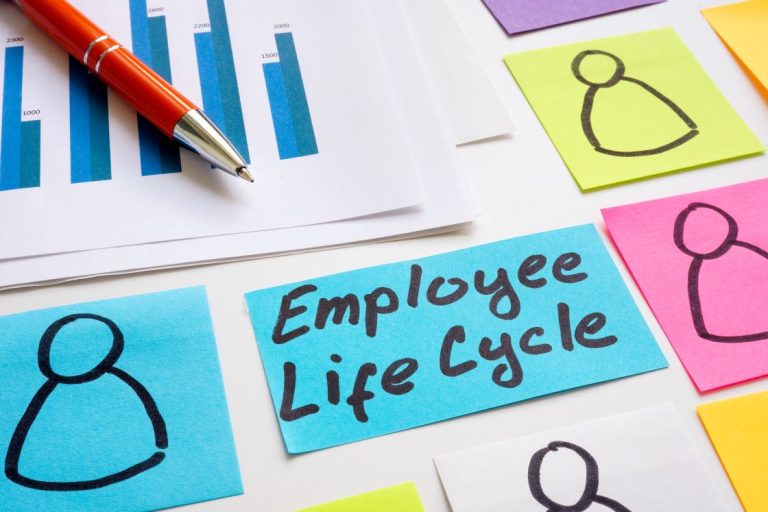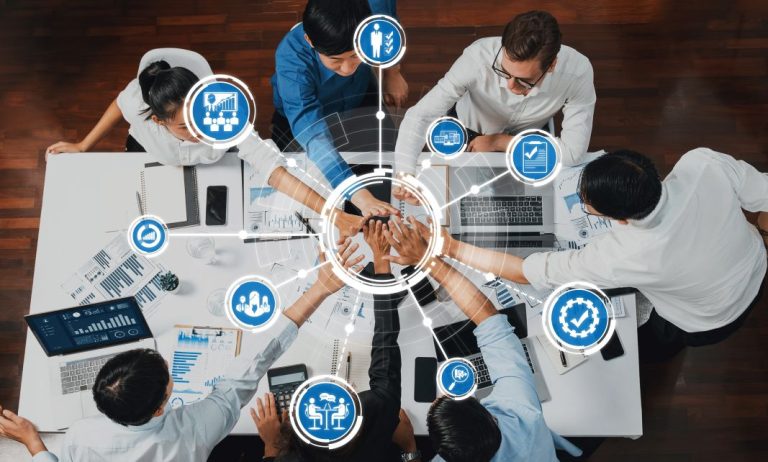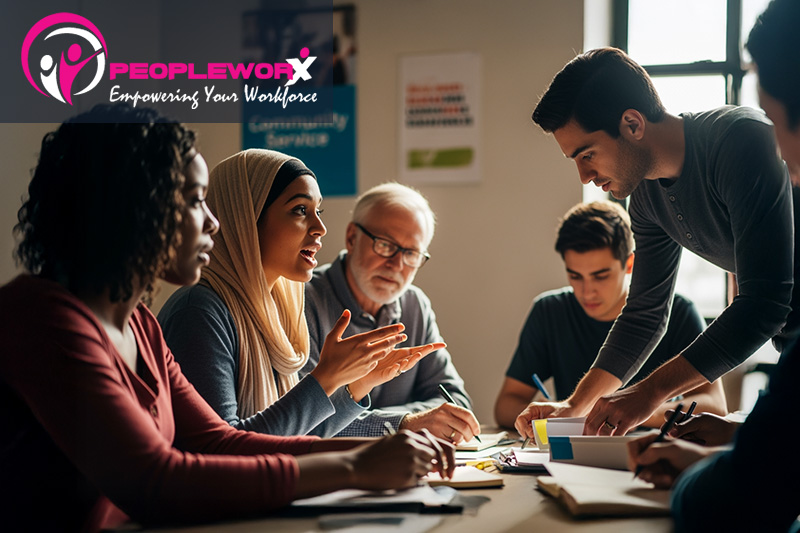In today’s talent-driven economy, retaining high performers isn’t just about perks or pay; it’s about purpose, alignment, and experience. As organizations grapple with evolving employee expectations, managing the employee lifecycle has emerged as a defining strategy for long-term success.
Forward-thinking leaders are no longer viewing the employee journey as a linear HR process. Instead, they’re treating it as a dynamic, strategic framework – one that’s deeply tied to engagement, productivity, and retention. If you’re serious about building a workforce that lasts, it’s time to elevate how you approach the lifecycle of your people.
Content
- The Employee Lifecycle: More Than a Framework
- Recognition: The Silent Powerhouse of Retention
- Employer Brand: Your Best Recruitment and Retention Strategy
- Workforce Planning: Bridging Business Strategy with Human Capital
- Retention: A Byproduct of Meaningful Work and Growth
- Final Thought: Retention Starts Before Day One
The Employee Lifecycle: More Than a Framework
At its core, the employee lifecycle represents the full arc of a team member’s experience – from the moment they discover your brand to the day they exit (and even beyond). But when leveraged strategically, it becomes much more than a timeline. It becomes a tool to:
- Deepen emotional investment,
- Drive performance through alignment,
- And retain talent in a market where attrition is costly and disruptive.
The Modern Lifecycle: 7 Stages That Matter

1. Attraction – Shaping perceptions before a résumé is ever submitted.
2. Recruitment – Selecting for both skill and culture fit.
3. Onboarding – Setting expectations and reinforcing values early.
4. Development – Nurturing growth through continual learning.
5. Retention – Creating an environment where employees choose to stay.
6. Separation – Managing exits with empathy and professionalism.
7. Alumni – Turning former employees into advocates or boomerang talent.
Each of these stages carries strategic weight. Leaders who map intentional experiences at each point are the ones winning the war for talent.
Recognition: The Silent Powerhouse of Retention
In the race for loyalty, employee recognition is an underleveraged asset. It goes beyond occasional praise. Done right, recognition reinforces cultural norms, drives motivation, and turns good work into replicable excellence.
What makes recognition effective today?
- It’s frequent and embedded in culture.
- It’s personalized, not perfunctory.
- It’s peer-driven, not just top-down.
Smart organizations are investing in systems and rituals that make recognition scalable, trackable, and strategic. The result? A culture where contributions are celebrated – and retained.

Employer Brand: Your Best Recruitment and Retention Strategy
Your employer brand exists whether you manage it or not. And in a world where platforms like Glassdoor, LinkedIn, and Reddit influence career decisions, perception is everything.
A strong employer brand is your frontline defense against talent scarcity. It does more than attract candidates – it repels the wrong ones and engages the right ones long before they apply.
Building a Brand Employees Believe In:
- Align external messaging with internal reality.
- Showcase authentic employee stories.
- Involve your team in brand-building efforts – they are your best advocates.
Inconsistent or outdated employer branding is costing businesses top-tier candidates. The question isn’t whether you should invest – but how urgently.
Workforce Planning: Bridging Business Strategy with Human Capital
The most agile companies treat workforce planning as a living, breathing discipline. It’s no longer about reacting to resignations. It’s about anticipating talent gaps, forecasting needs, and aligning growth with strategy.
Predictive analytics now make this possible. With the right data, leaders can:
- Identify flight risks early,
- Plan for succession with confidence,
- And optimize hiring against long-term goals
But planning alone isn’t enough. Continuous recalibration is essential. Market shifts, business pivots, and employee aspirations all demand an adaptive approach.
Retention: A Byproduct of Meaningful Work and Growth
Retention isn’t a single tactic – it’s the outcome of a well-orchestrated experience. Today’s employees are seeking more than stability. They want development, feedback, flexibility, and purpose.
What high-retention cultures do differently:
- Actively listen to employee feedback – and act on it.
- Offer clear, personalized career paths.
- Invest in ongoing learning and skill-building – not just compliance training.
If you’re not creating a workplace where people can grow, you’re creating a launchpad – for their next job.

Final Thought: Retention Starts Before Day One
The employee lifecycle is no longer an HR function – it’s a business imperative. When you get it right, you build a culture that people don’t want to leave. When you neglect it, even your best people will eventually move on.
A Call to Forward-Thinking Leaders:
Start by asking:
- Are we designing intentional experiences at each stage of the employee lifecycle?
- Are we treating our talent strategy with the same rigor as our customer strategy?
- Are we building a culture that truly deserves loyalty?
In an era where people have more choices than ever, the companies that win will be those that treat employee experience as the heart of business strategy.
Now is the time to lead boldly.






